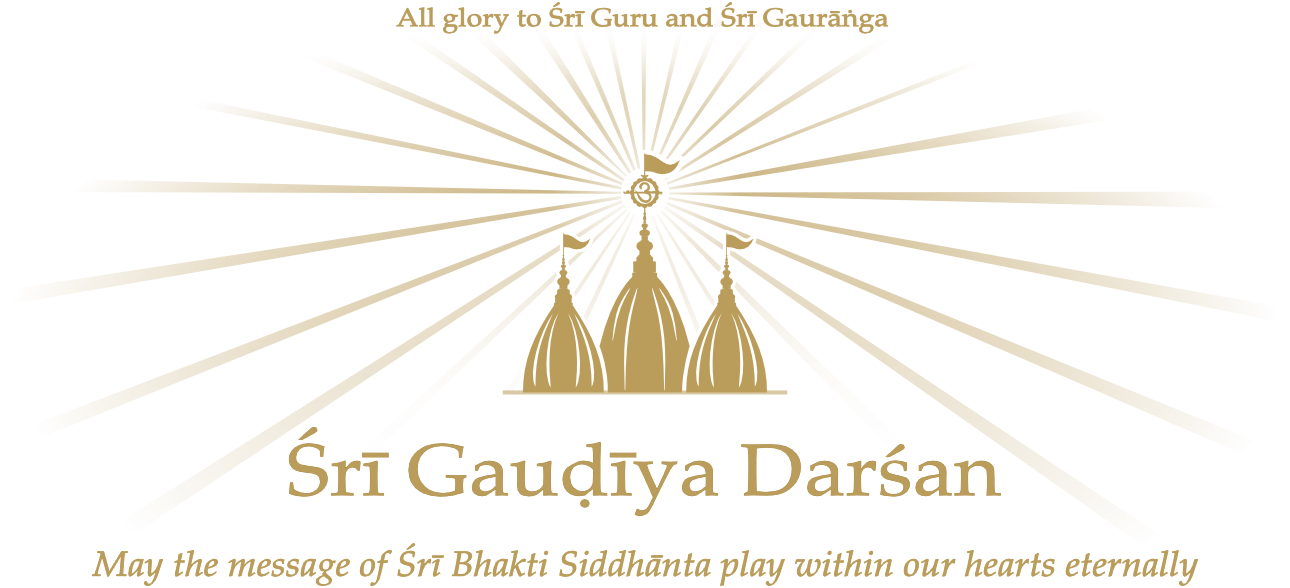Śrīla Bhakti Vinod Ṭhākur comprehensively addresses the issue.
Deity Worship and Idolatry
Om Viṣṇupād Śrīla Bhakti Vinod Ṭhākur
Translated to English from the Bengali article
Śrī-Mūrti-sevā o Pautalikatā
published in Gauḍīya magazine.
Continued from Part One.
People who are blind to the truth and unable to understand the form of the Supreme Lord describe the devotees’ service to the Deity as idolatry and criticise it. When the incomplete dharma of the non-Hindus, the meagre conception of Christians, and the dharma based on Brahma that follows them corrupts the pure sense of dharma within the residents of India, disregard for the Deity arises amongst new schools of thought, and it is a sad fact that prior to criticising Deities, none of the members of such new schools give the subject proper consideration.
In the teachings of Śrīman Mahāprabhu we learn that dharmas in which there is no service to the Deity are extremely dysfunctional. On the path of devotion, there is no better way to engage in the practice of dharma than serving the Deity. Analysing, to some extent, the conception of the those who criticise it is extremely necessary. There is a vast difference between service to the Deity and idolatry. The Deity is served after acceptance of the eternal form of the Supreme Lord. The form of the Supreme Lord is seen through the eyes of the soul’s spiritual form. Vyāsa, Nārad, and other enlightened sages, as well as all pure devotees in general, see the eternal form of the eternal, conscious, joyful Lord when immersed in meditation (samādhi). They constantly meditate within their minds on this form. Seeing the Deity, the reflection of this eternal form, in the material world, they increase the joy of their eyes. In this case, the Deity is never something imagined or fabricated by humans. For those who have no devotion, the Lord has no form, but for devotees, the Deity is a worshippable manifestation of the Lord’s eternal, spiritual form.
The Deity is certainly a direct illustration of the Lord’s form, but the Deity cannot be that form itself; as in all types of arts and sciences there are gross representations of unseen entities, so the Deity is a representation of the Lord’s form which is otherwise unseen by material eyes. Devotees are always verifying that this representation of the Lord’s form is authentic through the result of their worship: increased pure devotion. The real connection between electricity and an electronic device is seen only through the result, the production of the effects of electricity. In this regard, what will those who are inexperienced with electricity understand when they see an electronic device? What can those who have no devotion in their hearts call a deity other than an idol? The devotees’ conclusion is that those who serve the Deity are not idolaters.



Leave a Reply